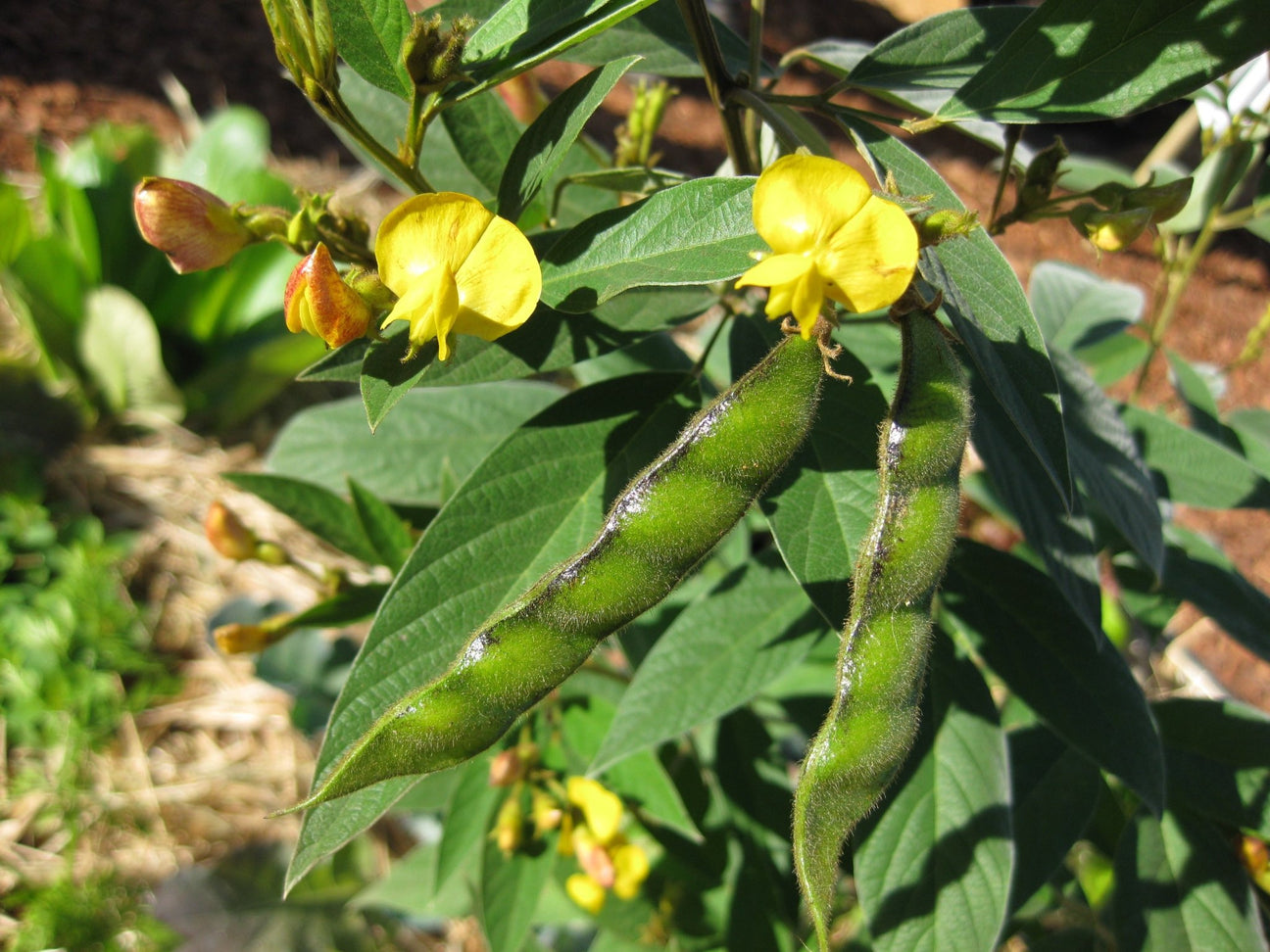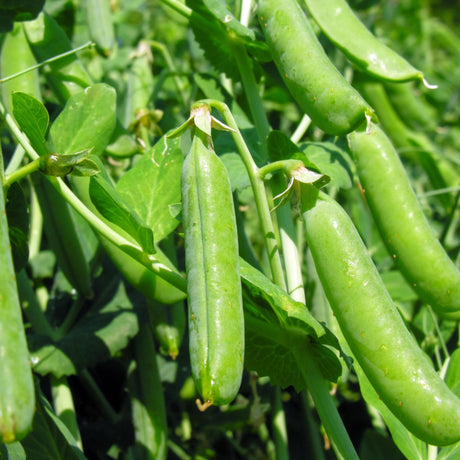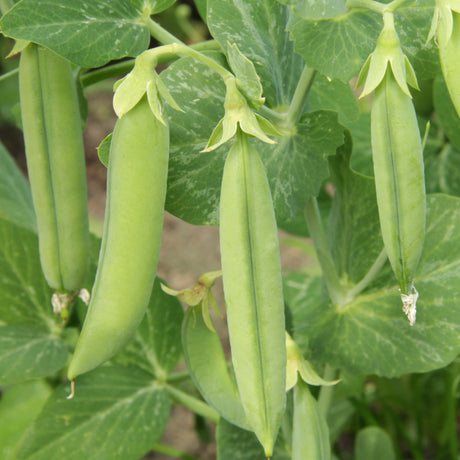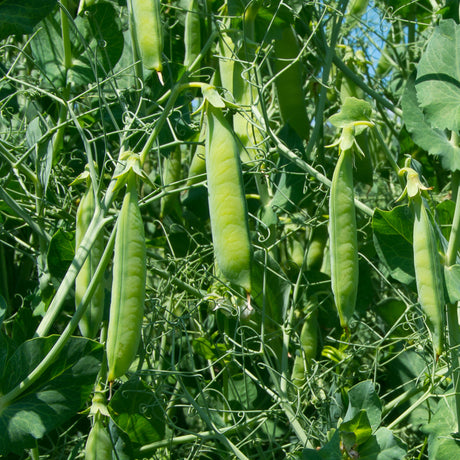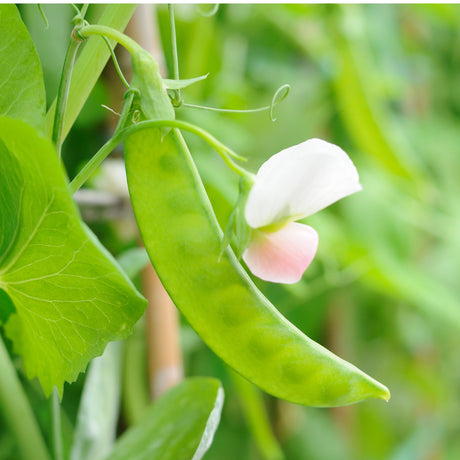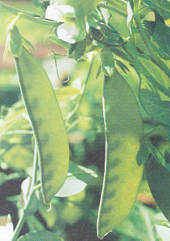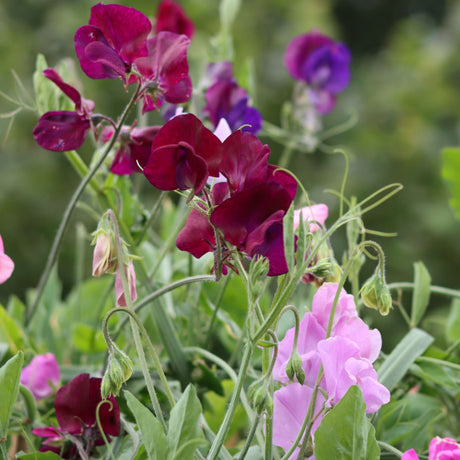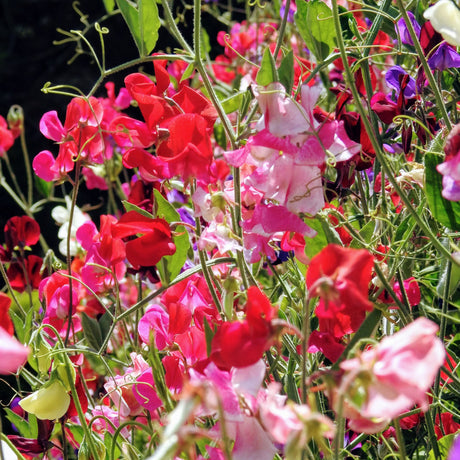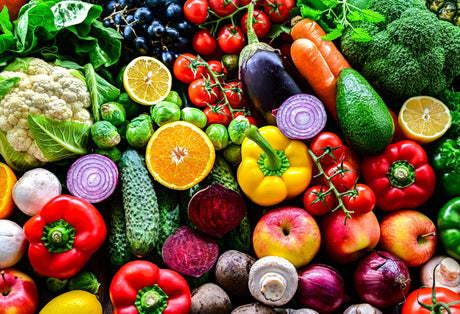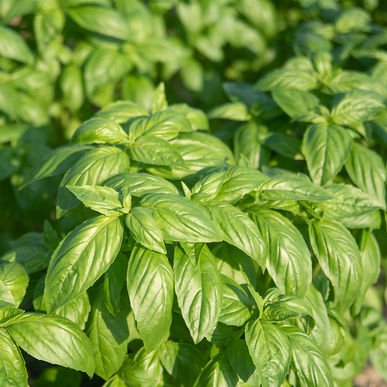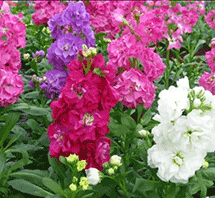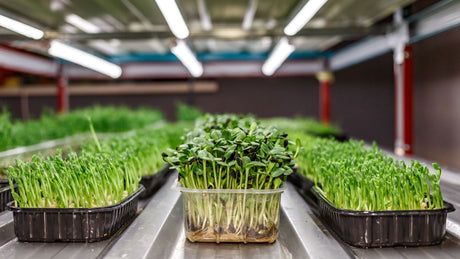- $3.90Unit price /Unavailable
- $3.90Unit price /Unavailable
- $3.90Unit price /Unavailable
- $3.90Unit price /Unavailable
- $3.90Unit price /Unavailable
- $3.90Unit price /Unavailable
- $3.90Unit price /Unavailable
Sweetpea 'Multiflora Colorama Mix'
$3.90Unit price /Unavailable
More about Pea
Pisum sativum
Sow peas spring in cold areas, late summer to autumn in warm areas. Peas do best between 13°-18°C, a frost will damage the flowers. To reduce fungal problems, try to avoid planting before periods of high humidity and avoid getting water on the leaves. Grow in full sun in a sheltered position. Direct sow 3-5 cm deep, space 7.5 cm apart. Lightly mulch seed rows to prevent crusting. Water well once after sowing and then do not water again until seedlings appear. Peas dislike acidity, so lime if necessary. Prepare soil with compost before sowing; practice crop rotation to avoid disease build-up.

